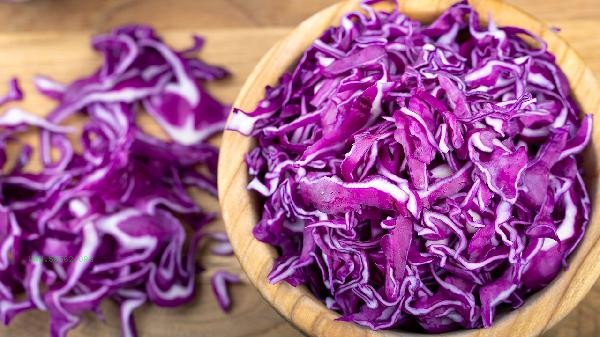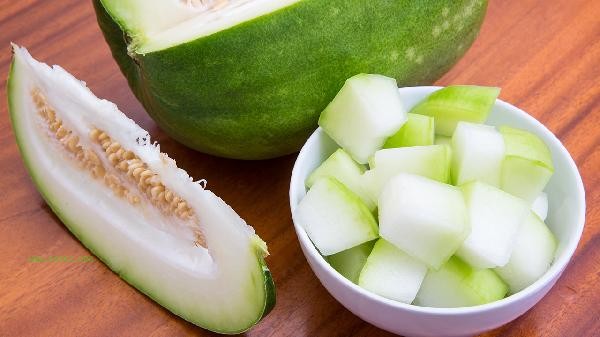Vegetable pest control can be replaced by methods such as physical barriers, biological control, plant-based insecticides, mineral preparations, and agricultural regulation. There are mainly five methods: covering with insect nets, releasing natural enemies, spraying chili water, applying diatomaceous earth, and intercropping.

1. Insect proof net coverage
A 40-60 mesh insect proof net is used to build a closed cultivation environment, which can effectively block the invasion of small pests such as aphids and whiteflies. The mesh size should be selected according to the target pest's body type. When covering, the bed surface and surrounding areas should be completely closed, and the effect should be better when used in combination with greenhouses. This method is highly applicable to leafy vegetables and eggplants, and attention should be paid to temperature and humidity control within the net.
2. Release natural enemies of insects
Use ladybugs to control aphids, red eye wasps to control cabbage aphids, and other biological control methods to establish ecological balance and control pest infestations. Releasing 200-300 ladybugs per acre can control aphid outbreaks, and releasing 20000 red eyed wasps per week can suppress Lepidoptera larvae. Local suitable natural enemy species should be selected to avoid the use of chemical agents during their usage period.
3. Spray Chili Water
Boil and filter dried chili peppers in a 1:10 ratio with water, then add a small amount of neutral soap solution as a spreading agent after cooling. Capsaicin can repel chewing mouthparts pests such as jumping beetles and cabbage caterpillars, and has no residue on crop safety. Spray in the morning or evening, focusing on the back of leaves, 2-3 times a week, and continue spraying after rain.

4. application of diatomaceous earth
Food grade diatomaceous earth powder causes physical abrasion of the wax layer on the surface of pests, leading to dehydration and death. The effect on soft bodied pests such as slugs and snails, as well as adult beetles, is significant, with a dosage of 3-5 kilograms per acre. It should be applied before the dew has dried, avoiding use in windy weather. It should be stopped 7 days before harvesting.
V. Crop rotation intercropping
Crop rotation between cruciferous and lily vegetables can interrupt the life cycle of pests, while intercropping between onions, garlic, and leafy vegetables can repel leaf flies. By planting insect repellent plants such as marigold and rosemary, an ecological barrier is formed to reduce the probability of pest infestation. A crop rotation plan should be designed based on the crop growth cycle for at least 3 years. The implementation of non chemical prevention and control should adhere to the principle of prevention first and comprehensive prevention and control. Regularly inspect the pest situation, and early detection can be achieved through manual killing; Keep the countryside clean and promptly remove any sick or disabled individuals; Select insect resistant varieties and plant them densely to enhance ventilation; Applying decomposed organic fertilizer to enhance plant resistance. During the high temperature season, solar energy can be used to disinfect the soil, and deep plowing and freezing in winter can reduce the source of overwintering insects. Establish a diversified agricultural ecosystem, protect natural enemies such as spiders and sandflies, and gradually achieve ecological balance and prevention and control.









Comments (0)
Leave a Comment
No comments yet
Be the first to share your thoughts!